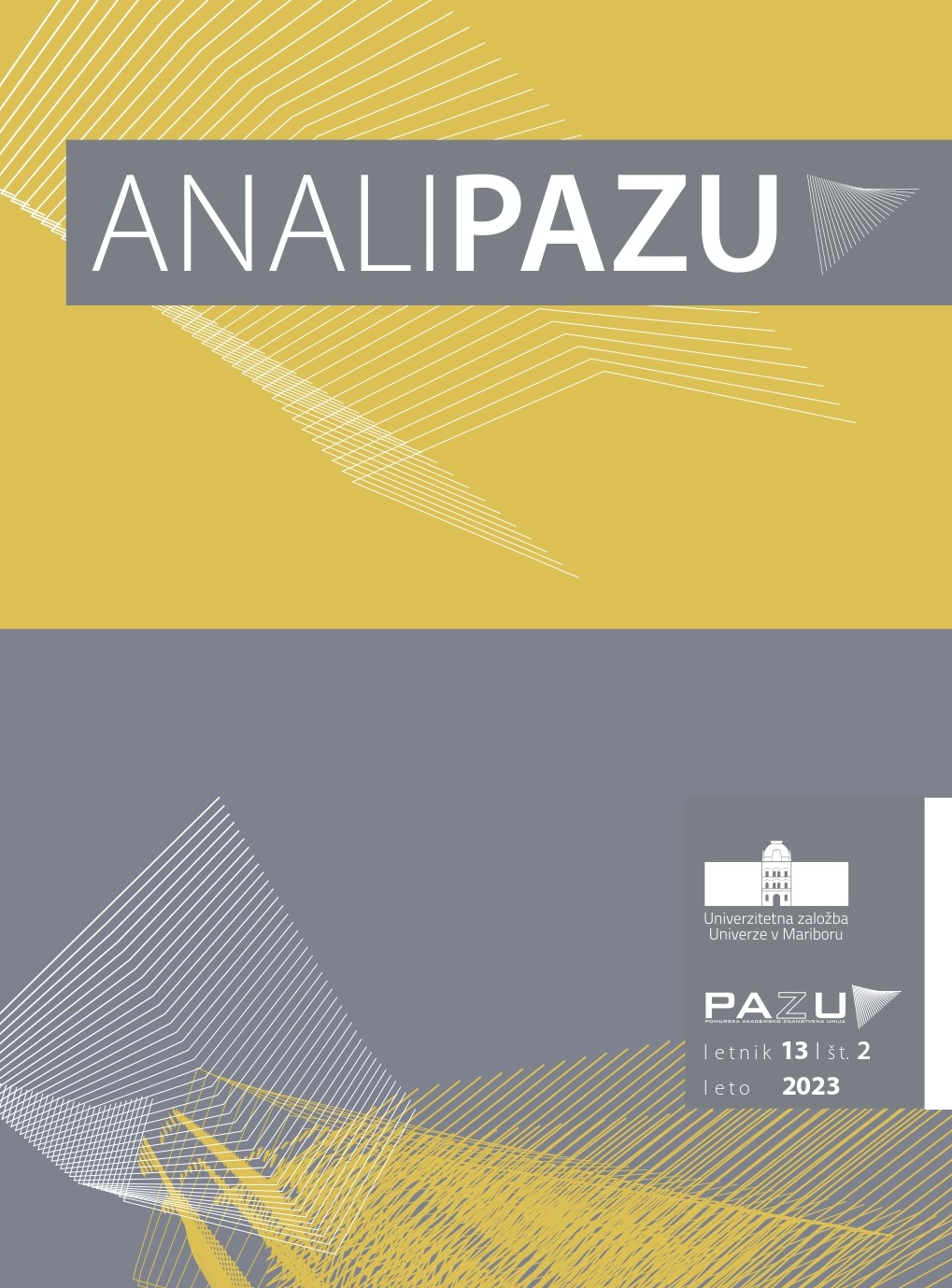Influence of Metal Surface Finishing on Porcelain Microstructure Failures in Porcelain-Fused-to-Metal Dental Restoration
Abstract
Although the current trend in fixed prosthetics is the use of full-ceramic dental restorations, research has shown that most commonly used are still metal-ceramic dental restorations. The purpose of the research presented in this paper is to find out how different techniques of mechanical treatment of the surface of the metal frame affect the occurrence of defects in the porcelain layer and the metal-porcelain interface. As part of the research, we produced samples from Co-Cr alloy using various surface treatment methods and techniques, followed by the preparation of metallographic tablecloths, with the help of which we analyzed the influence of surface treatments on the change in the macro- and microstructure of the metal framework, the porcelain veneer and the interface between them. The results of the conducted research showed that the occurence of defects in samples whose metal surface was treated with an abrasive in one direction is minimal, the surface of the metal framework is uniformly rough with an average thickness of the oxide layer of 3.5 µm. In samples with a metal framework treated with an abrasive in several directions, we observed a rougher surface of the metal framework with the presence of plastic deformation of the surface of the metal framework, which forms a thinner oxide layer
